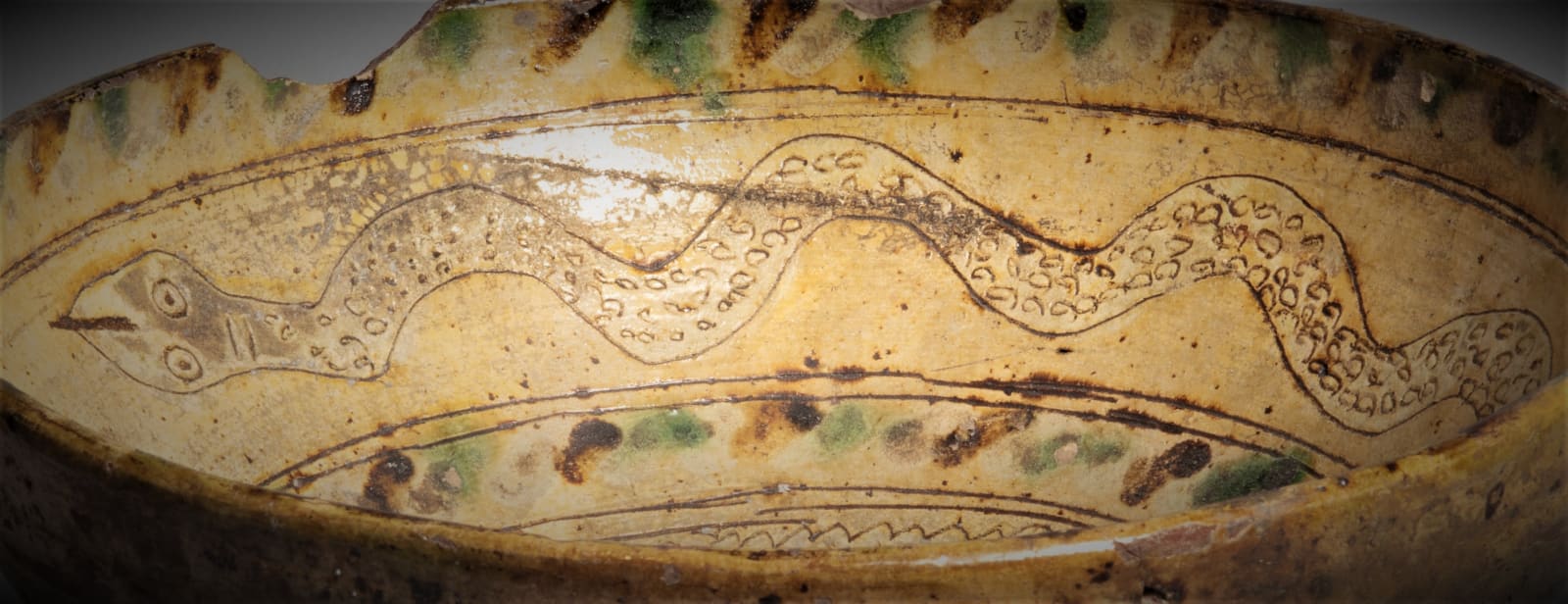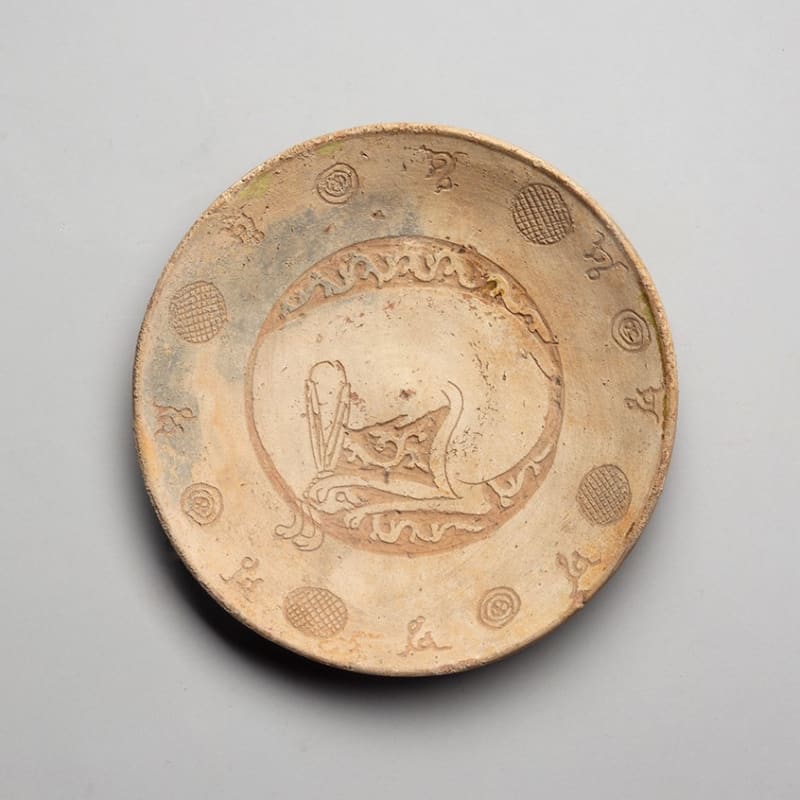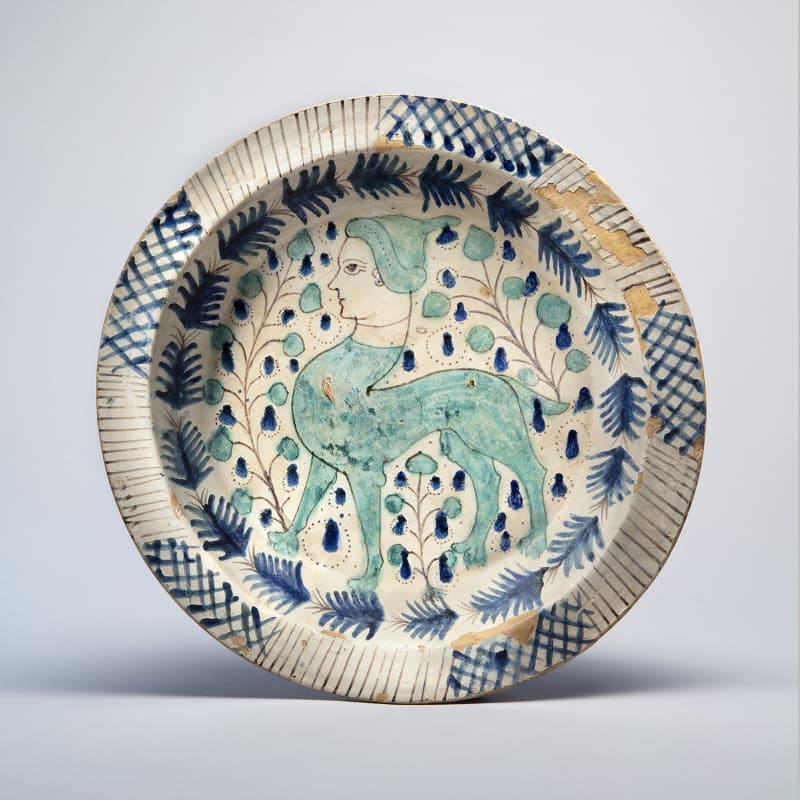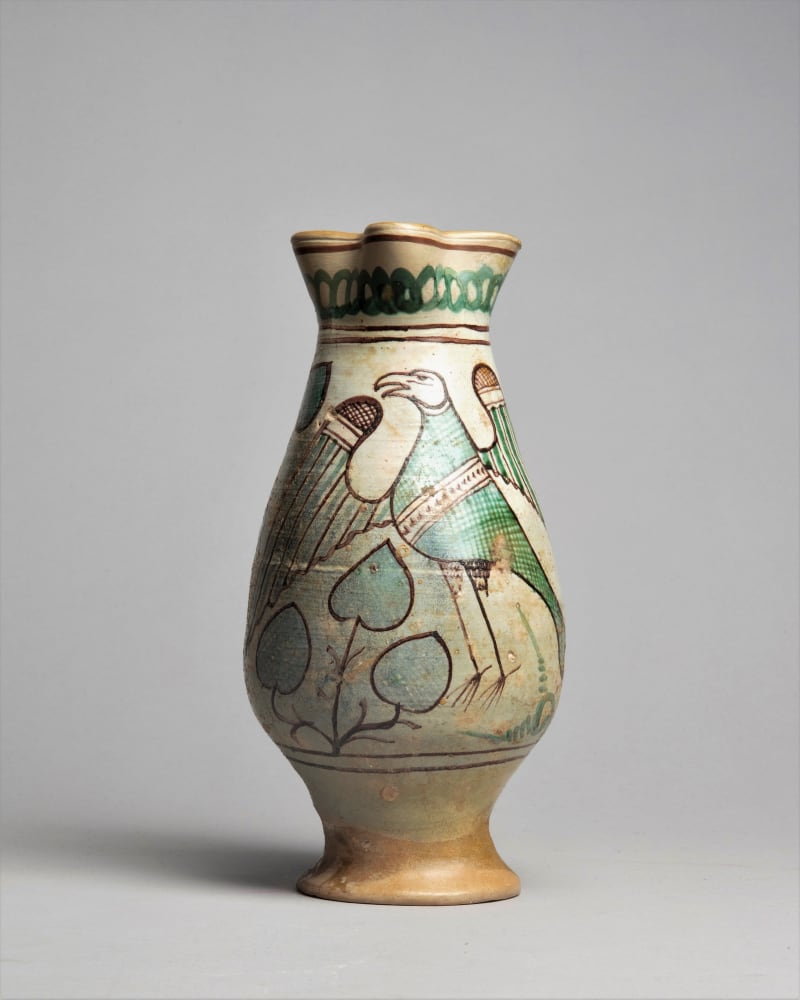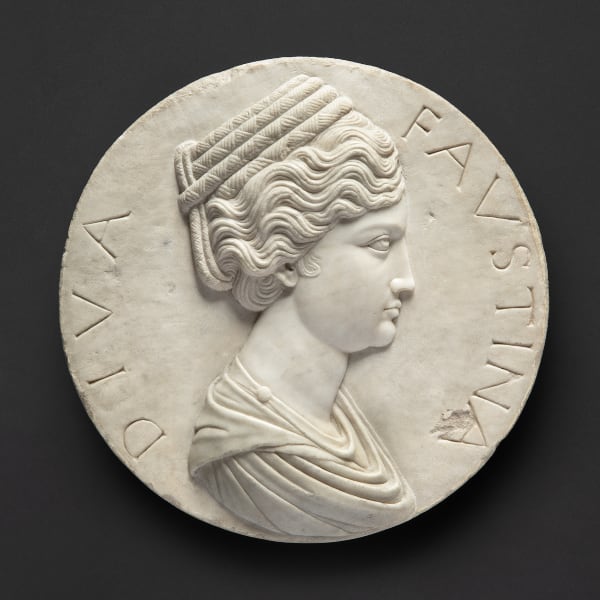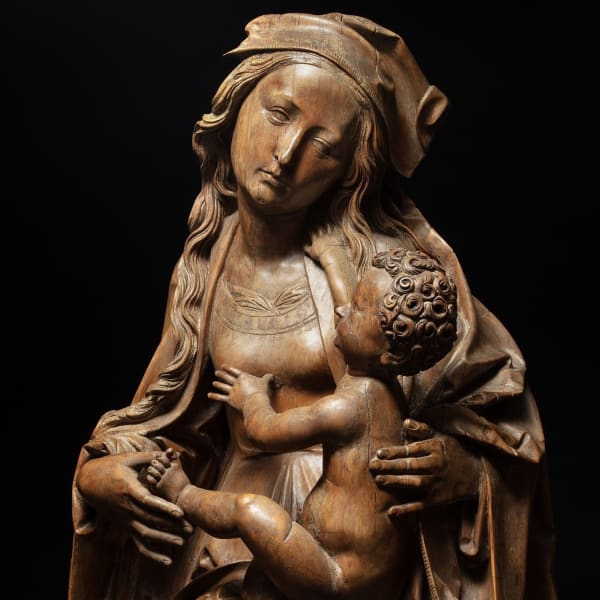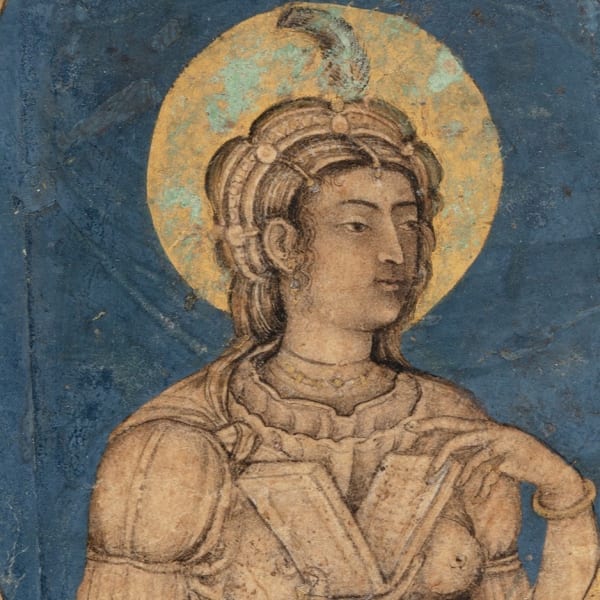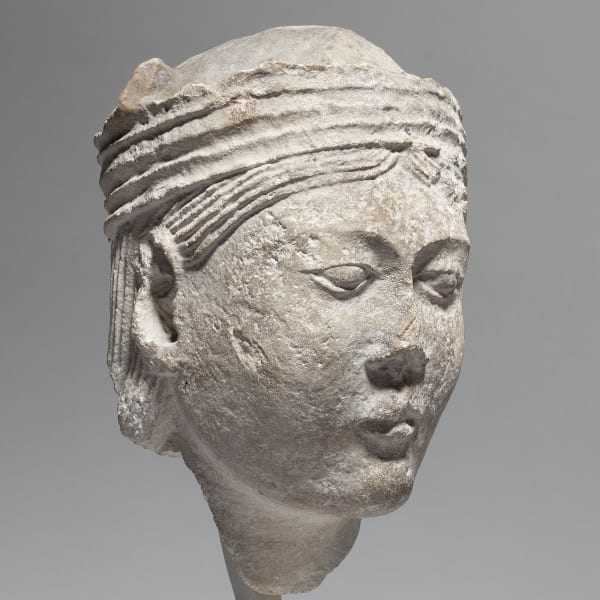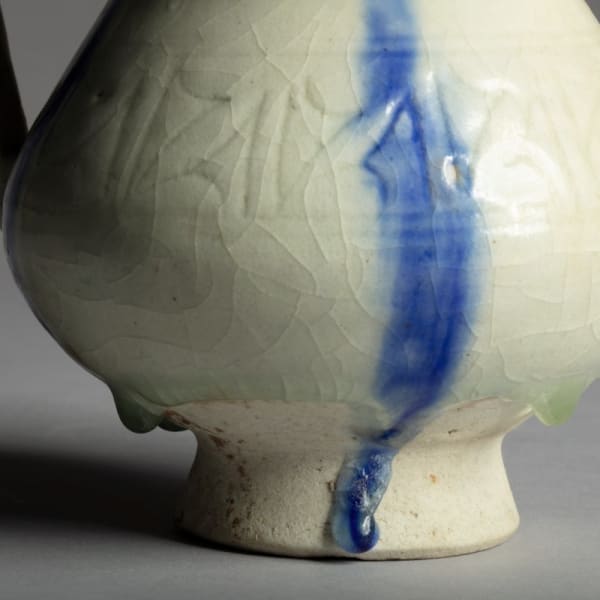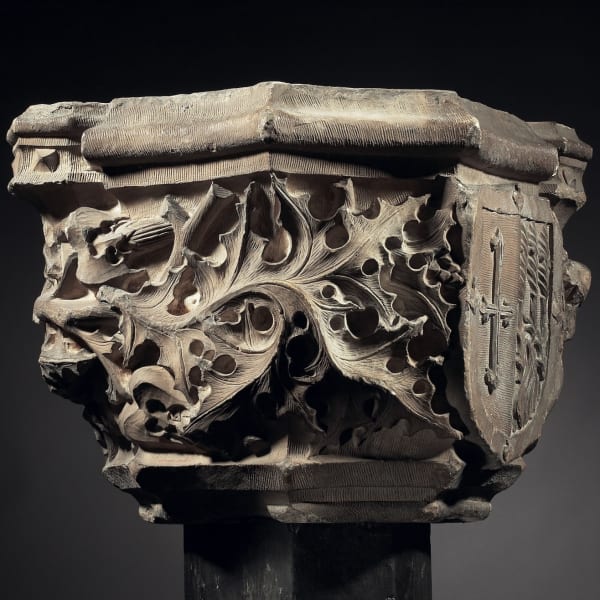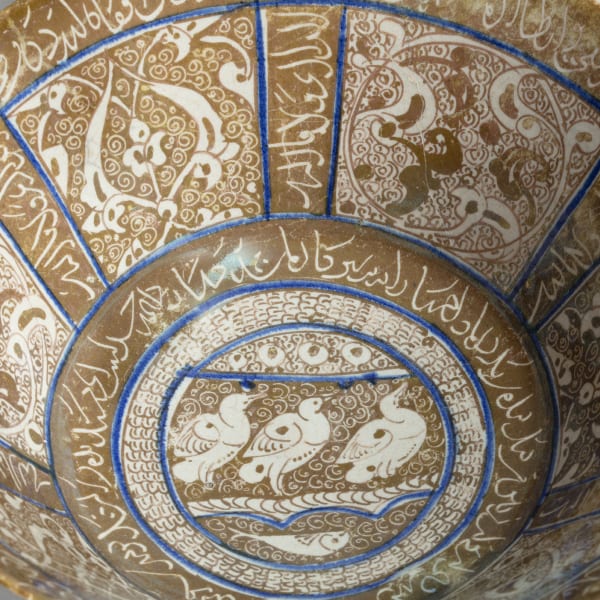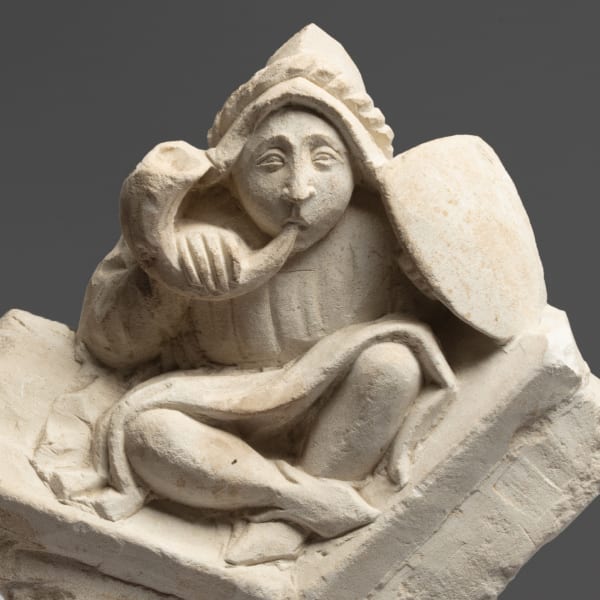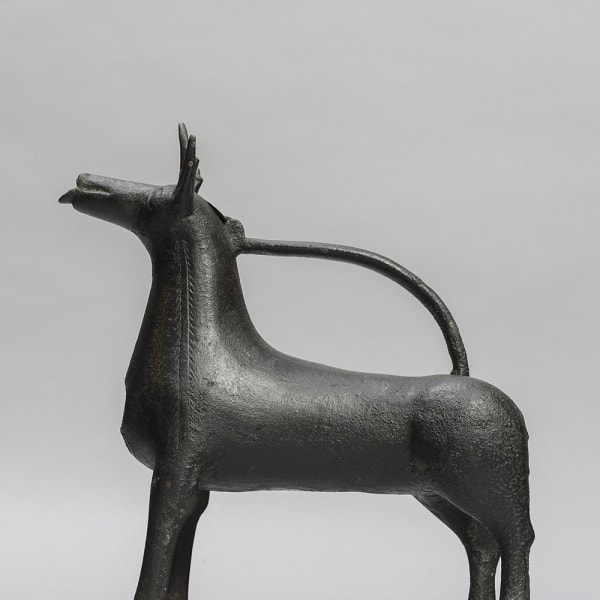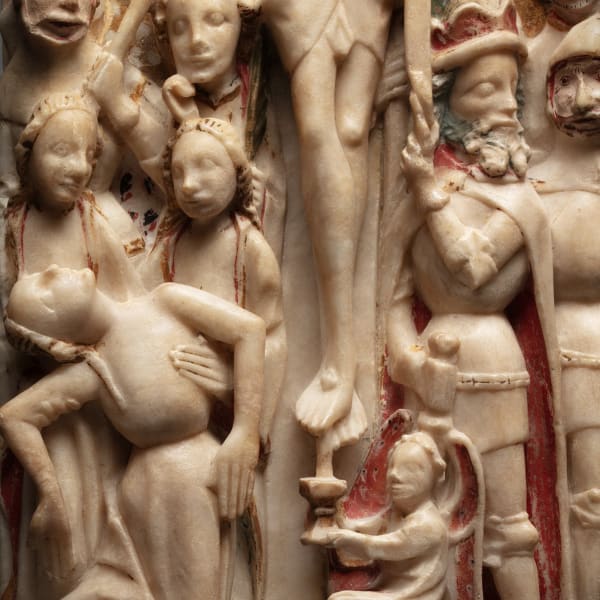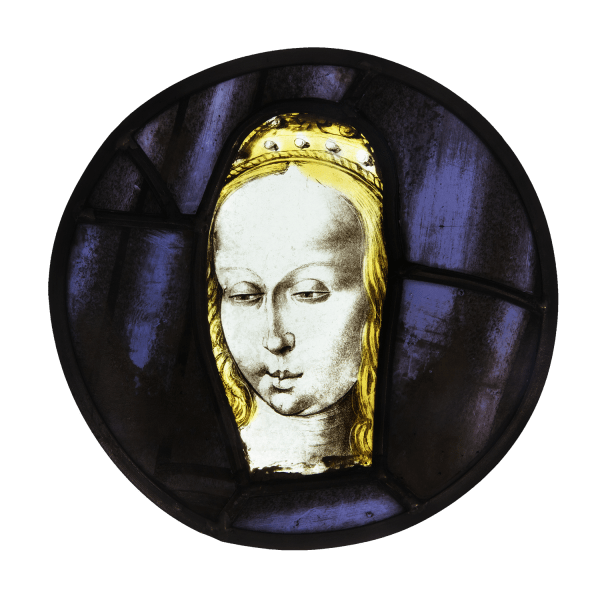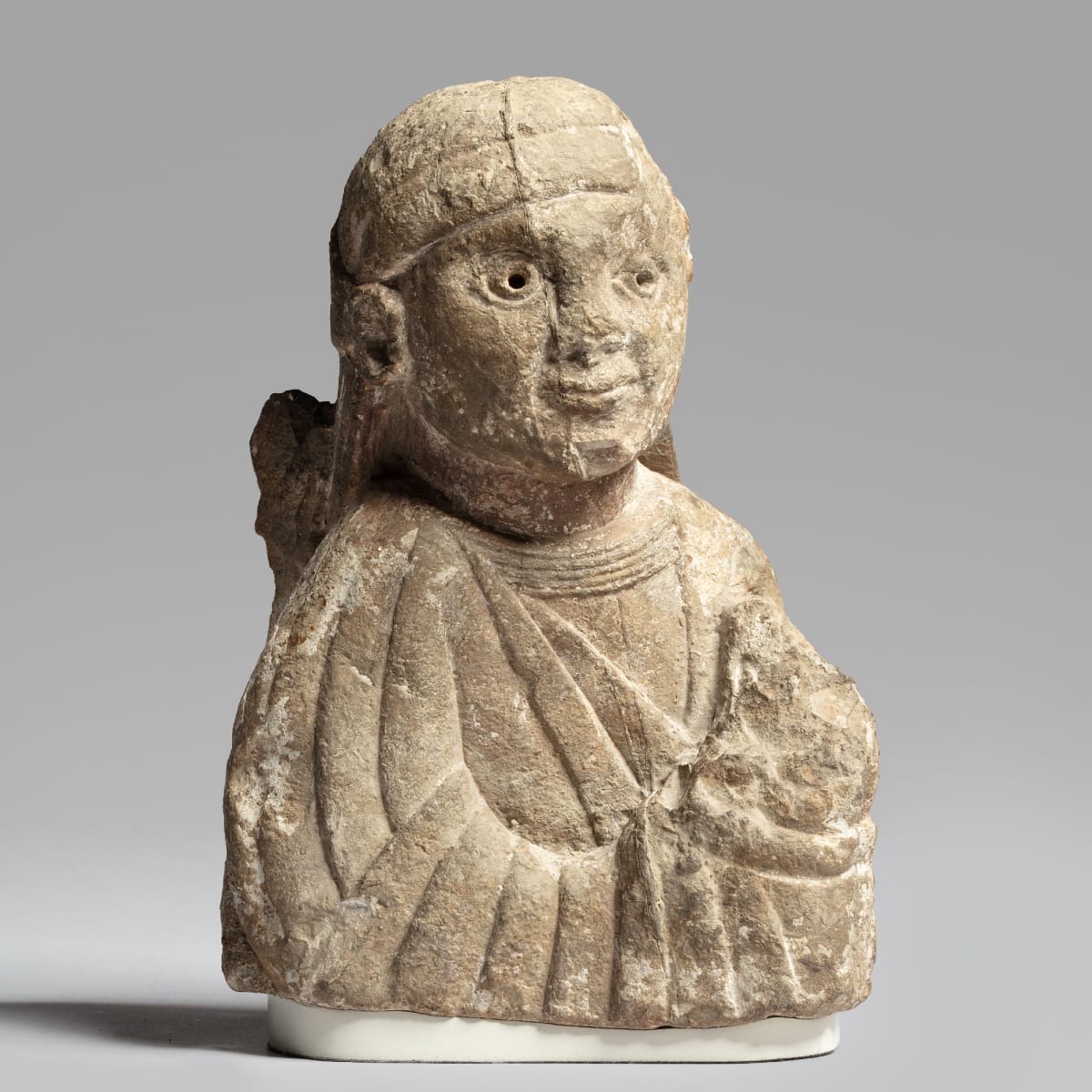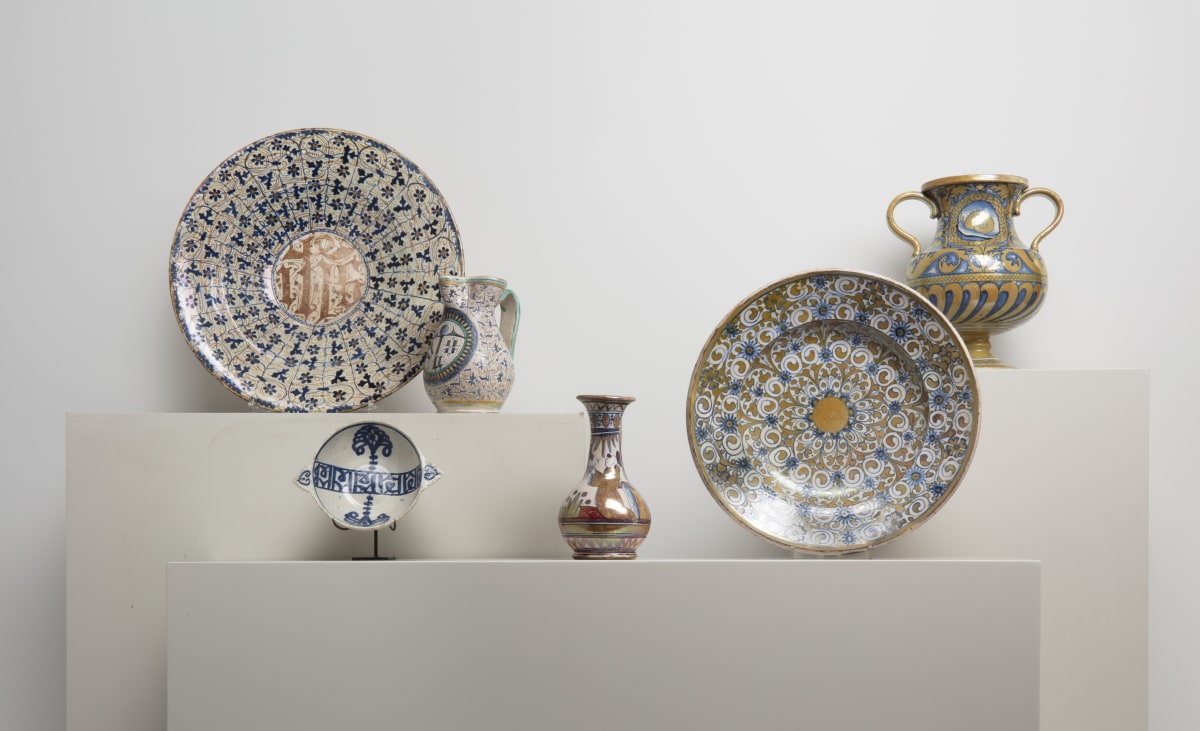
We tend to think of the waters of the Mediterranean as a negative space, around which the sprawling landscapes of North Africa, the historic regions of Byzantium and the Levant, and the Iberian, Italian, and Greek peninsulas with their attendant islands, all cluster. But what medieval ceramics tell us is that the reality is in fact the total opposite. Nowhere are the interconnections between the disparate territories of our ancestors more pronounced and infused into everyday life than in the tradition of pottery, one of mankind's oldest artforms. Vessels in an incredible variety of shapes, sizes and designs were traded right across the Mediterranean basin throughout the Middle Ages, and in the period covered by this exhibition and its accompanying catalogue (the 12th to 16th centuries) they were not only a crucial part of marine trade but also of profound influence both on the cultures who made them, and on those who received and consumed them. As objects that had a presence in some form in each and every civic building, religious space, and private household, they tell the story of the Mediterranean and its connected communities more vividly than any other artform human hands and creativity have produced. The forty-three objects brought together in A Sea of Cultures are, therefore, key players in a web of connecting threads that have bound the lands around the Mediterranean together over the centuries, and reveal a stunningly complex language of human creativity that still has the power to arrest us today.
